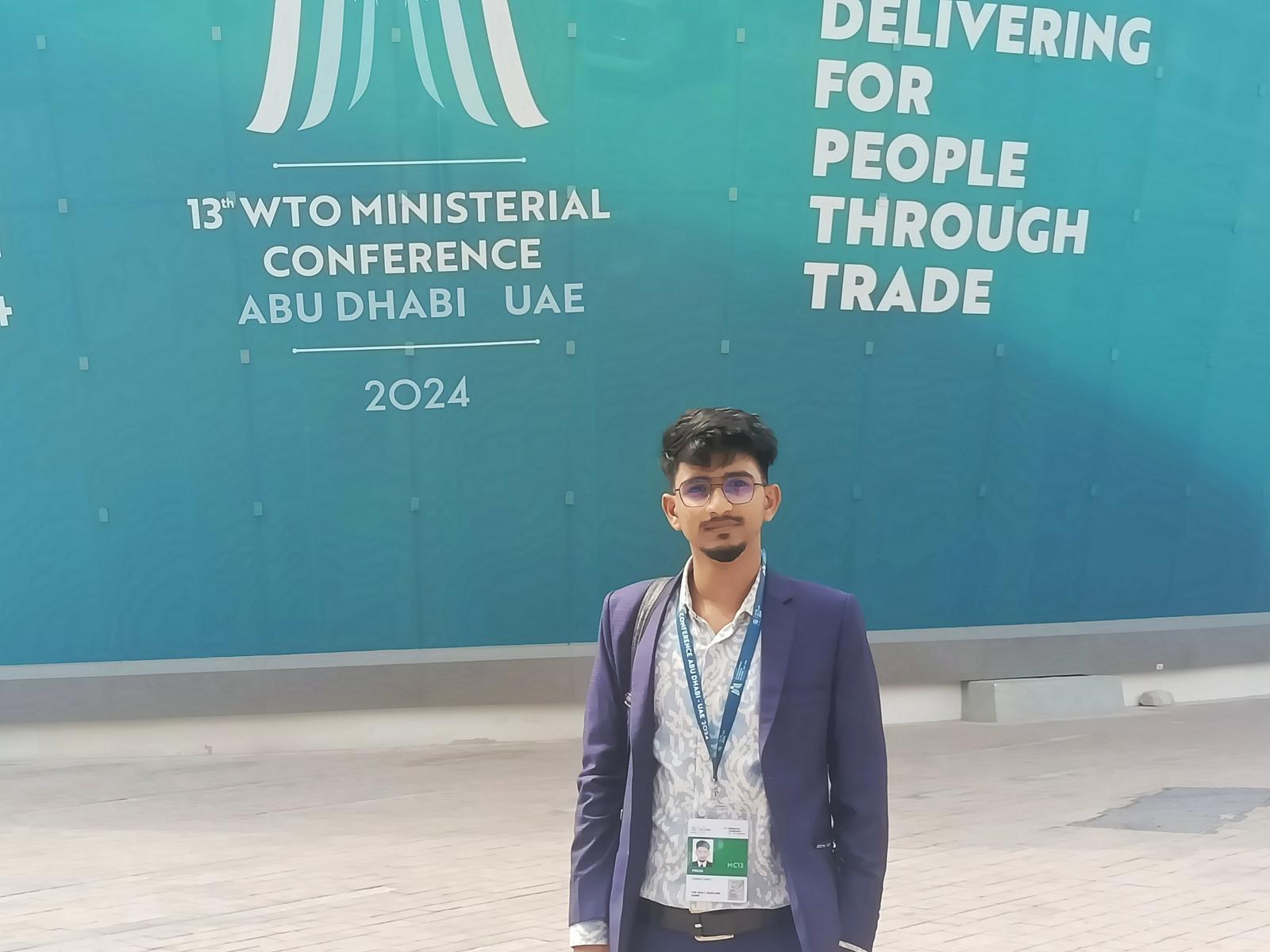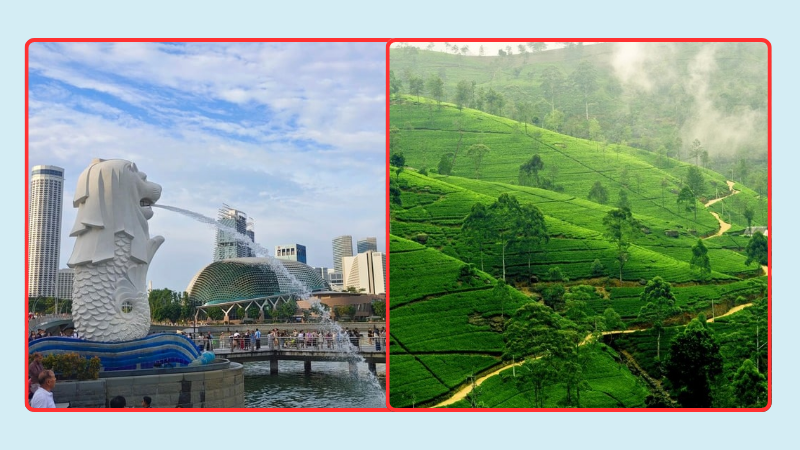Singapore is an island city-state located in Southeast Asia, situated south of Malaysia and near Indonesia. It is recognized as one of the most developed and prosperous countries in the world. On the other hand, Sylhet is an ancient and historically significant region in Bangladesh, located in the northeastern part of the country. It is famous for its natural beauty, hills, waterfalls, and tea gardens. The main city, Sylhet, serves as the administrative center of the Sylhet Division. Due to its breathtaking landscapes, Sylhet attracts numerous local and international tourists every year.
Climate
Singapore covers a total area of approximately 705 square kilometers. It consists of 63 smaller islands, with Sentosa being one of the most notable ones. Due to its proximity to the sea, the country generally experiences a hot and humid climate.
Sylhet Division, located in northeastern Bangladesh, has a total land area of about 12,298.4 square kilometers. The Sylhet district alone covers 3,490.40 square kilometers, making it nearly five times larger than Singapore. Sylhet's terrain is mostly hilly, and due to heavy rainfall, the region hosts diverse flora and fauna.
History
Singapore’s history dates back to before 1819 when it became a significant trading hub on the Malay Peninsula. It gained independence from Malaysia in 1965.
Sylhet has a much older history. It is known as a spiritual and cultural center. The influence of Sufi saints like Shah Jalal and Shah Paran has played a significant role in shaping Sylhet’s historical and cultural identity.
Economy
Singapore has a robust economy, serving as a major global hub for trade, manufacturing, and finance. The country's key economic sectors include foreign investment, maritime trade, and technology.
Sylhet’s economy relies heavily on remittances from expatriates. A large portion of Bangladeshi expatriates abroad are from Sylhet. Additionally, Sylhet contributes to the national economy through IT freelancing, tea production, fish farming, agarwood, and stone exports. The region is also home to natural gas fields that help meet a significant portion of Bangladesh’s energy needs.
Culture
Singapore has a multicultural society, with Chinese, Malay, Indian, and other ethnic groups coexisting. The main languages spoken in Singapore are English, Mandarin, Malay, and Tamil. Its food, festivals, and social traditions reflect diverse cultural influences.
Sylhet has its own distinct culture, language, and script, known as Sylheti Nagri. Tea plantation workers in Sylhet also use the Dewanwali language. Additionally, various indigenous communities, such as the Manipuri and Khasi, reside in Sylhet.
Tourism
Singapore is a popular tourist destination, featuring attractions like Marina Bay Sands, Gardens by the Bay, Universal Studios, and Sentosa Island.
Sylhet is often referred to as the tourism capital of Bangladesh. The region is home to numerous natural attractions, including Jaflong, Ratargul Swamp Forest, Bichanakandi, Hakaluki and Tanguar Haor, Madhabkunda Waterfall, and Lawachara National Park.
Education
Singapore's education system is world-class, offering high-quality education and advanced technology. The country’s universities are internationally recognized.
Sylhet has well-regarded medical and engineering colleges, attracting students from India, Nepal, Vietnam, the Philippines, Sri Lanka, and Pakistan.
Engineer Asaduzzaman Rakib and bank officer Md. Sharif Ahmmod, who visited Singapore from Sylhet, stated that Singapore’s development is mainly due to the absence of corruption and its citizens’ deep love for their country. They highlighted that the country's security system is highly effective, with helpful and humane police officers. Crimes like theft, robbery, and violence are almost nonexistent. The country is free from noise pollution, and every area is monitored by CCTV cameras. Singapore values labor, and its evening ambiance is particularly beautiful.
On the other hand, journalist Yahya Maruf, when asked about the challenges faced by tourists in Sylhet, pointed out that the management of tourist spots is weak and inefficient. The behavior and services of tourism-related service providers are often poor. Issues such as excessive transportation fares, lack of proper maintenance of tourist sites, and ineffective administration create difficulties for visitors. Many tourist spots do not have proper restroom facilities.
He suggested several improvements, including proper training for tourism sector workers, ensuring fair treatment for all tourists, regulating transportation fares, breaking syndicates, repairing roads, and strengthening security for visitors. If these issues are addressed, the number of tourists visiting Sylhet will significantly increase.
(This reporter spent several days in both cities preparing this report.)








.svg)


